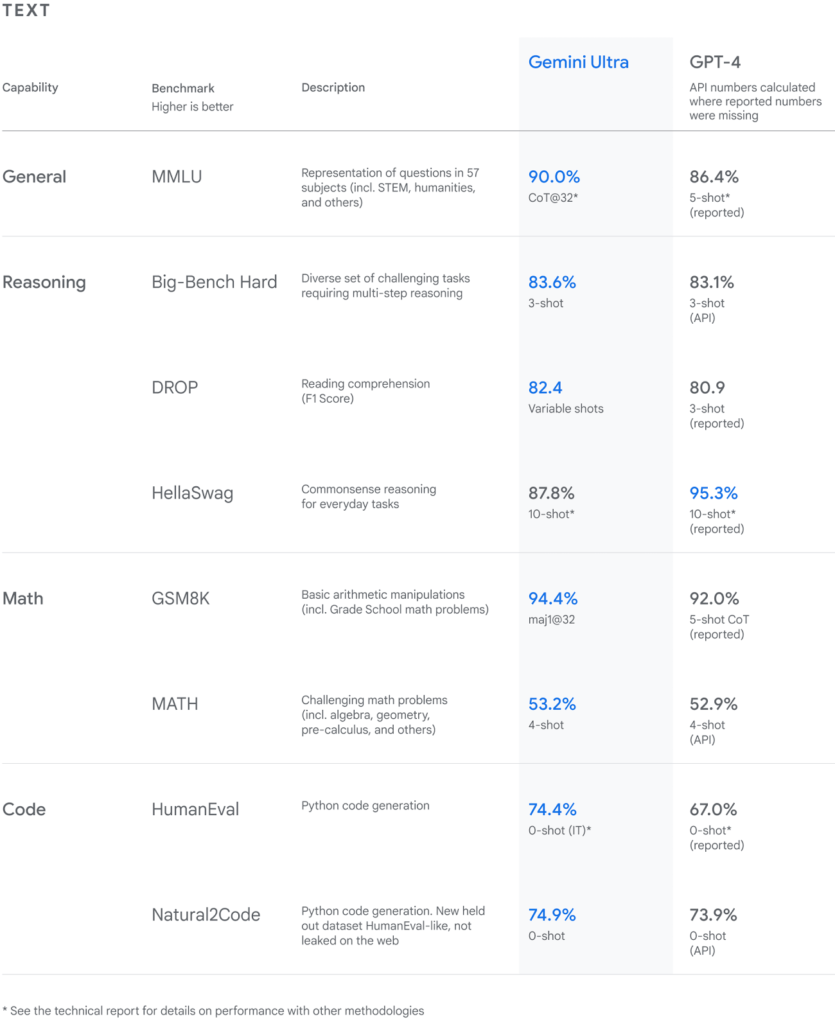Google’s Gemini AI: The Future of Artificial Intelligence
Google has made significant progress in the field of artificial intelligence (AI) with its latest AI model, Gemini. While catching up to OpenAI, Google’s nimble approach has led to the development of the next generation of AI models. Gemini, developed by Google’s DeepMind AI lab, showcases remarkable reasoning abilities, such as tracking a paper ball under a cup and inferring dot-to-dot pictures. Google’s marketing efforts aim to highlight their team of AI researchers and vast data access.
Drawing Lessons from History
Nokia and Blackberry, once leaders in the mobile industry, faced a challenge when Apple introduced the iPhone—a disruptive, more capable product. Similarly, when OpenAI‘s CEO was temporarily ousted, Google launched a sales campaign to attract OpenAI’s customers. This move emphasizes Google’s determination to maintain its AI competitive edge.
Introducing Gemini: A New Era of AI Models
Gemini 1.0, Google’s latest AI model, marks a new era according to Google CEO Sundar Pichai and Demis Hassabis, CEO of DeepMind. Gemini consists of three models: Gemini Nano, Gemini Pro, and Gemini Ultra.
Gemini Nano is a lightweight and efficient model for on-device tasks. Gemini Pro powers various Google AI services with its scalability across different tasks. Gemini Ultra, designed for complex tasks, finds its ideal application in data centers and enterprise solutions.
The Power of Gemini: Multimodal Capabilities and Real-Time Evaluation
Gemini seamlessly combines different types of information, such as text, code, audio, images, and videos. It can perceive the world like a human eye, evaluate situations in real-time, and suggest appropriate actions.
Gemini’s Performance and Future Prospects
Gemini Ultra outperforms GPT-4 in text processing capabilities, including question representation, reasoning, reading comprehension, mathematics, and code generation. It also excels in multimedia content processing tasks like image understanding, document comprehension, infographic analysis, mathematical reasoning, and video question answering.
Google’s Commitment to Improvement and Expansion
Google recognizes the need to address issues like hallucinations in AI models. They have made progress in improving factuality within Gemini, enhancing question answering and overall quality. Select customers, developers, partners, and safety experts will have the opportunity to provide feedback before Gemini Ultra’s official release next year.
Looking Ahead: Google’s Vision for AI
Google’s journey with AI continues to evolve, with plans to introduce “Bard Advanced,” a multi-modal model capable of generating outputs in images, video, and audio formats. Google’s AI models consistently respond to a wide range of queries, showcasing the potential of AI in various domains.
Here’s how the two AI language models compare according to Google

Gemini ultra outperforms OpenAI’s GPT-4 in general capability by margin of 3.6 percent, but GPT-4 takes lead of 5.5 percent when it comes to Reasoning. When it comes to Math & Code, Gemini takes a lead with 2.7 percent & 8.4 percent respectively.
You can find detailed blog post from google here.
Conclusion
Google’s Gemini AI models have brought forth a new era of artificial intelligence. Gemini Ultra, Pro, and Nano cater to diverse needs across industries, with impressive capabilities in text processing and multimedia content analysis. As Google refines and expands its AI offerings, the future holds exciting possibilities for advancements in AI technology.




